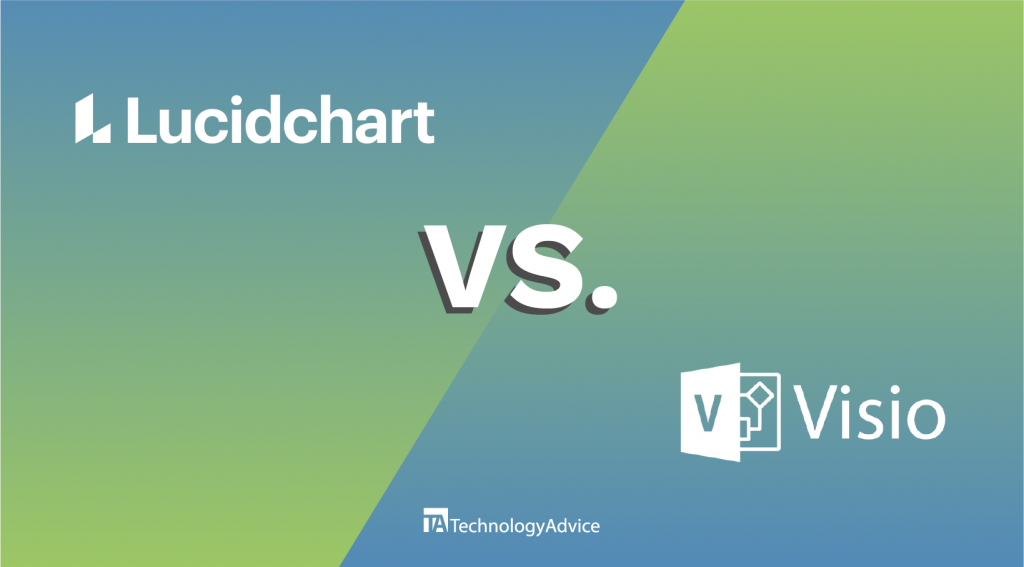Call center reporting and cloud contact center solutions provide abundant data and analytics for managers and analysts who want to quantify key performance metrics. Contact center analytics are vital when implementing company standards or changing your services because they provide a quantifiable measure of customer satisfaction, workforce engagement, and service quality.
Looking forward, omnichannel support, artificial intelligence (AI), and gamification will be key factors influencing the landscape of contact center analytics in 2025. Therefore, learning more about these solutions is essential to providing high-quality support and improving operational efficiency.
Key takeaways
- Call center analytics draws on data and statistics from multiple sources to create a clear picture of customer experience, agent performance, and resource management.
- Contact center analytics software provides the metrics for data-driven decision-making around agent training and scheduling, call routing, and customer journeys.
- Some key metrics to consider when analyzing call center data are first-call resolution (FCR), customer satisfaction scores (CSAT), and average handle time (AHT).
- Real-time reporting, customer relationship management (CRM) systems, and quality assurance tools are essential for gathering and assessing key performance indicators (KPIs) in call center data.
What is call center analytics?
Call center analytics involves collecting and interpreting data from a call center, such as customer feedback and call metrics. This is an iterative process, so it is essential to consistently monitor your call center data to note any patterns or changes over time that can be used to predict future behavior or make improvements.
Because of the available technology, call center analytics has become more popular than ever among the modern workforce. Instead of wading through detailed reports and analytics, automation and AI make it much easier to gather data and receive insights and summaries of your call center’s key metrics. You can also use contact center software, call monitoring, and workforce management tools to access in-depth data on agents and customers.
Types of call center analytics
The type of call center analytics you use heavily depends on the software or technology available. While you can analyze call center data with simple reporting tools, artificial intelligence has largely taken over the collection and analysis of call center data, so AI often informs each of the following areas.
However, it is still essential to critically examine each metric and decide which ones benefit your understanding of customer experience, agent performance, and resource management.
Speech analytics
Customer sentiment analysis has quickly become one of the most popular uses of artificial intelligence in call centers. Using natural language processing (NLP) algorithms, AI can analyze call recordings and transcriptions to determine how a customer feels throughout an interaction.
Speech analytics are also beneficial when assessing unresolved calls or negative interactions because they allow you to note whether the interaction is due to agent performance or customer behavior.
Text analytics
Within omnichannel contact centers, text analytics evaluates text-based interactions, such as support received via email, text, social media, or live web chat. Like speech analytics, AI can create a sentiment analysis for these interactions.
Additionally, a data or quality analyst can review these interactions to identify improvement areas for agents. For example, they can note recurring complaints or misunderstandings and shift agents’ training scripts to address these issues.
Interaction analytics
Customers often interact with multiple support channels, so examining key metrics across these avenues is vital to getting the complete picture of your call center. Consequently, most contact center software uses artificial intelligence to assess data across multiple customer interactions. Therefore, interaction analytics offers clarity on engagement with specific support channels to identify areas of improvement.
Predictive analytics
One primary benefit of collecting data is using it for trend forecasting. Within a call center, metrics, such as average hold time, agent utilization rates, and call volume, can predict how to allocate internal resources and provide feedback.
For example, if your data shows that your call center consistently receives more calls from 5 to 7 p.m. but fewer interactions in the morning, then it might benefit you to schedule more agents for the evenings. Predictive analytics can also identify recurring issues, like an often off-script agent. In those cases, you can directly address these patterns before they become a bigger problem.
Customer data analytics
In addition to the data collected on the backend of each customer interaction, most tools allow you to end each interaction with a question or survey. These post-call surveys combine questions about ease of use, satisfaction with service, and call resolution to directly gather customer feedback and determine the effectiveness of support channels.
Additionally, many omnichannel contact centers use reputation management software to gather customer feedback through social media channels and review sites. This information is especially valuable if you want more in-depth advice on improving agent performance or creating resources that address customer needs.
Related read: How to Use AI in Data Analysis? The Complete Guide
Key benefits of call center analytics
Keeping track of call center analytics benefits businesses committed to improving customer experience, employee retention, and managing a high volume of calls. By collecting data on each aspect of your call center, you can make better decisions on allocating your resources and reducing costs. Overall, call center analytics allows you to:
- Make data-driven decisions: Viewing your call data with graphs and statistics makes it easier to recognize call center trends and changes over time. This information can forecast call volume shifts or provide the rationale to make essential changes in your call center, such as updating call flow or agent scripts.
- Take a customer-centered approach: A call center’s primary goal is to assist customers and provide high-quality support. Therefore, collecting call center data, such as information from post-call surveys, helps you identify areas for improvement and ensures that you develop standards and processes that prioritize customers’ wants and needs.
- Improve supervision and agent performance: Call monitoring allows you to monitor agents and provide feedback on improving call quality when they aren’t meeting their metrics. These metrics should also be used to highlight opportunities to recognize agents when they are doing well.
- Optimize internal resources: Managing a call center requires balancing call volume with workforce availability. By tracking call center analytics, you can create schedules that reflect the number of calls you receive and optimize your available agents with more effective call routing strategies.
Common analytics metrics
When measuring a call center’s effectiveness, it is crucial to assess how calls are handled, customer satisfaction with their interaction, and the role of customer service agents and supervisors in both areas. Below are a few performance metrics that call centers use to measure these key areas.
Call quality metrics
Call quality metrics assess the quality of service for each customer interaction. Most call centers measure call quality using a combination of call monitoring and reporting. These metrics are essential for evaluating the effectiveness of business standards, such as training protocols and agent scripts.
- First-call resolution (FCR): A contact center’s primary goal is to resolve a customer’s inquiry on the first call. Therefore, FCR provides the percentage of calls resolved after that initial interaction and reflects the efficiency of a call center or agent.
- Transfer rate: Most customers want to resolve their inquiry on the first call and resolve issues with the initial agent. However, sometimes, it is necessary to transfer a call so you can track how many incoming calls are transferred to another agent and how many transfers occur to resolve a call. Analyzing this rate is essential to understanding how effective individual agents are at resolving calls and addressing any issues with ease of use.
- Call abandonment rate: Measures the percentage of calls dropped before an agent can answer the call. You can calculate this score by dividing the number of abandoned calls by the total calls received by the call center. If you have a high abandonment rate, then it is likely that there are issues with wait times, customer effort, or agent utilization.
- Average hold time (AHT): As mentioned, one of the primary reasons customers will abandon a call is because they were left waiting for a response. So, keeping track of your hold time is helpful to improve call queueing and agent utilization.
Customer experience (CX) metrics
Customer experience, or CX, is the extent to which customers are satisfied with their interactions. This includes customer sentiment during the call, the ease of accessing support, and how they feel about the agent’s performance. Call quality and agent performance often influence customer experience, so collecting customer feedback data provides greater visibility into which area is influencing your scores.
- Customer satisfaction score (CSAT): It is essential to analyze how satisfied customers are with their service or agent support. After a case is resolved, you can determine CSAT by asking customers if they are satisfied with your service with a Likert rating or score from one to 10.
- Customer effort score (CES): Customers want an easy-to-use experience with support platforms and representatives that leads to first-call resolution. Therefore, the CES assesses how easy it is for a customer to receive information or clarity, with lower scores given to difficult or overly complex interactions. To calculate this score, ask questions like “How easy was using [insert service] today?”
- Net promoter score (NPS): The quality of a customer’s experience often affects their brand loyalty and likelihood of recommending your company to others. A high NPS indicates that customers want to return and promote your services, so your post-call survey should ask how likely they are to return or make a recommendation.
- Sentiment score: You can assess a customer’s emotions with a sentiment analysis. These scores use AI to analyze call transcriptions and identify whether the customer has a positive, negative, or neutral attitude throughout the interaction.
Agent performance metrics
Agent productivity and professionalism are the cornerstones of good customer service. For customers to have a positive experience with your call center, agents should politely handle calls or inquiries quickly and efficiently. Therefore, providing adequate training and resources to guide agents in this process is vital. Additionally, if you notice any issues with agent performance, provide feedback or coaching to help improve these metrics.
- Average handle time (AHT): The amount of time it takes for an agent to resolve a customer inquiry. This metric marks the start of the interaction, such as the beginning of a call or chat, and tracks the time until the end of the interaction, such as when a chat or call ends.
- Average speed of answer (ASA): Many call metrics depend on each other, and how quickly an agent answers a call can directly impact customer experience metrics. When training agents, it is helpful to have a goal or expected timeline for resolving a customer inquiry.
- Average talk time (ATT): Building a good rapport with customers is one way to improve their experience, but spending too much time on the phone can negatively influence other metrics. Therefore, ATT measures how long an agent spends on the phone and creates an average across calls taken to ensure that interactions are handled efficiently.
- After-call work (ACW): In between calls, agents should prepare call notes and send any follow-up information to customers. ACW measures the time taken to complete these steps. While agents should take their time wrapping up calls, it is essential that they don’t take too long, as this can lead to longer wait times.
Resource management metrics
Supervisors who effectively manage resources can positively influence call center analytics. Supervisors oversee the daily operations of customer service agents. They can use previous metrics and call volume data to create schedules and dial plans that improve call quality and customer experience.
- Occupancy rate: Supervisors should monitor the percentage of time agents spend taking calls compared to the amount of time waiting for calls. When monitoring your metrics, aim for a rate between 85 and 90% to optimize your workforce and diligently respond to calls.
- Agent adherence to schedule: A well-crafted schedule is only effective if agents show up for their time slot. By tracking this metric, you can assess the time management capabilities of your agents and determine if you need to change the schedule or provide additional coaching.
- Agent utilization rate: In complex call systems, creating a workload balance between agents ensures that they are not constantly on-call or consistently waiting to take calls. The agent utilization rate allows you to find the ideal ratio of time spent on calls to time in the workday to ensure that each agent has adequate work without being overburdened.
- Escalation rate: Some customer inquiries require a higher level of support. In those cases, the call is escalated from an agent to a supervisor or a more experienced team member. While escalation is sometimes necessary, a high escalation rate can indicate that agents are not equipped to handle your calls. Therefore, you should monitor the number of calls escalated compared to your overall call data to ensure that agents can handle the call flow and customer inquiries.
Pros & cons of call center analytics
Although there are many benefits to using call center analytics to monitor performance and inform decision-making, relying too heavily on data analytics can also have disadvantages. Consider the pros and cons before deciding on the type of call center analytics software you should use.
Pros
- Provides a quantitative analysis of call center data that can be used to increase productivity and operational efficiency.
- Monitors key metrics for compliance with industry standards and employee expectations, like agent adherence to scheduling, scripts, and average handling time.
- Optimizes resources, like agent availability and cross-channel support, to reduce costs and improve customer experience.
Cons
- Call center analytics software often collects extensive data, which can be too complex and overwhelming to manage and implement. Remember to focus on the metrics that make the difference for your call center and entrust data analysis to those with the most expertise.
- Purchasing advanced analytics, artificial intelligence features, or additional software can be costly. Before buying new software or tools, use a free trial or create a strategic plan to determine if the insights are beneficial enough to offset the increased costs.
- Call monitoring and tracking can raise concerns about data privacy and employee surveillance. Consider balancing productivity goals with providing positive feedback and support based on tracking data.
Types of call center analytics software
Once you know which metrics are most important to you, several types of call center analytics software can be used to gather information on improving your daily operations and customer support. While some of these tools are included in traditional cloud contact center solutions or VoIP platforms, others can be used with your current workspace or added to an existing subscription.
Call center reporting & analytics
Most call center software includes some form of real-time reporting or historical data and analytics based on customer interactions and call metrics. These features are often included in call center plans within a VoIP phone system or cloud contact center platforms that offer advanced reporting capabilities. This data provides essential information, such as call volume and times, which gives you insight into trends with your call center.
Software suggestion: RingCentral offers a Contact Center plan with omnichannel support powered by artificial intelligence, reporting, and analytics.
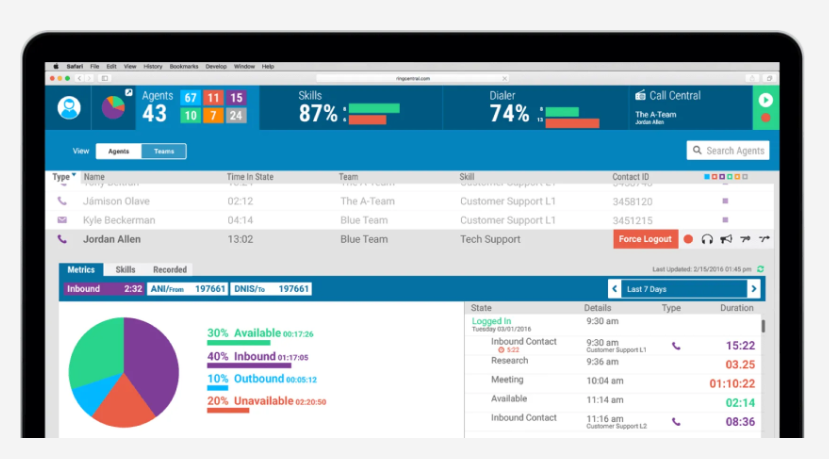
Customer relationship management (CRM) software
Although many contact centers include repositories for customer data, some businesses prefer using CRMs to house more in-depth customer experience data. By pairing customer relationship management software with your contact center, you can record notes and track data across support channels, such as sentiment analyses, first-call resolution, and other metrics. You also want to choose a CRM that integrates with your call center software and is easy for agents to access when necessary.
Software suggestion: Freshdesk is a CRM that tracks key performance metrics and manages customer data.
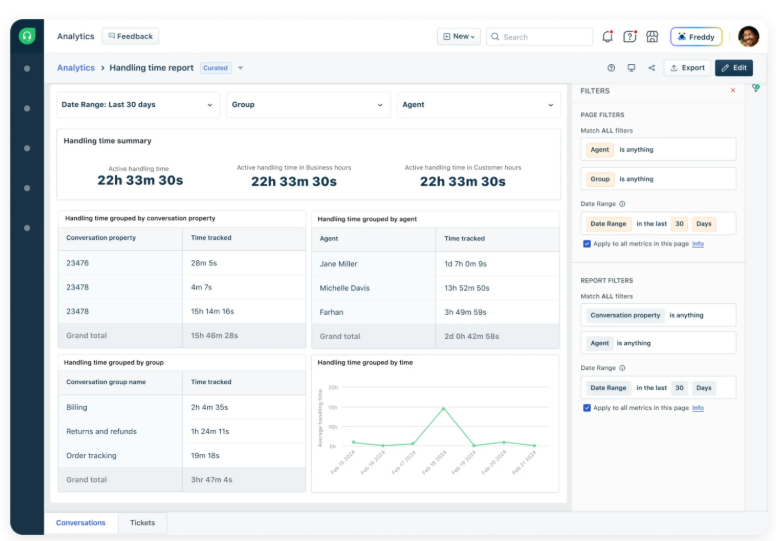
Call center quality assurance (QA) software
Quality assurance is essential for managing a call center because it allows you to use the insights gathered from your key performance indicators to improve agent performance, operational efficiency, and customer satisfaction. This software collects productivity data and provides live call monitoring and compliance oversight.
Software suggestion: Zendesk offers an add-on package with quality assurance features like calibration sessions and performance reviews.
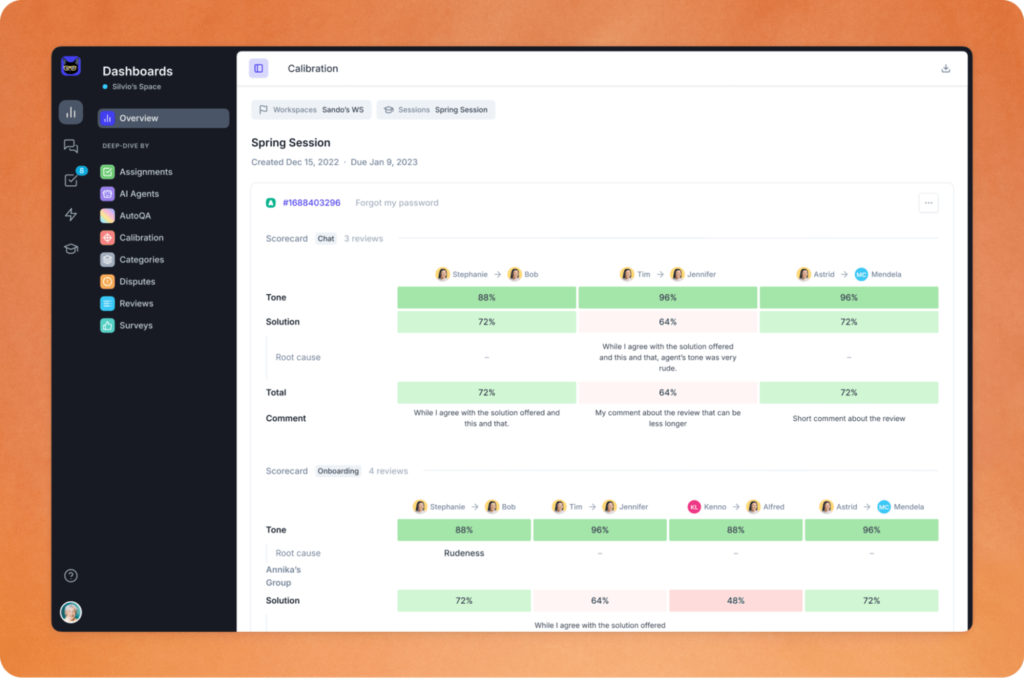
Call monitoring software
Like quality assurance software, call monitoring software can analyze customer interactions and agent performance. This type of software is often included within a cloud contact center. It includes features like call recording, call whispering, and barge, allowing supervisors to provide real-time monitoring and assistance on agent calls.
Software suggestion: Dialpad AI provides call monitoring tools, such as call recording, live metrics, and real-time assistance for more effective supervision and call monitoring.
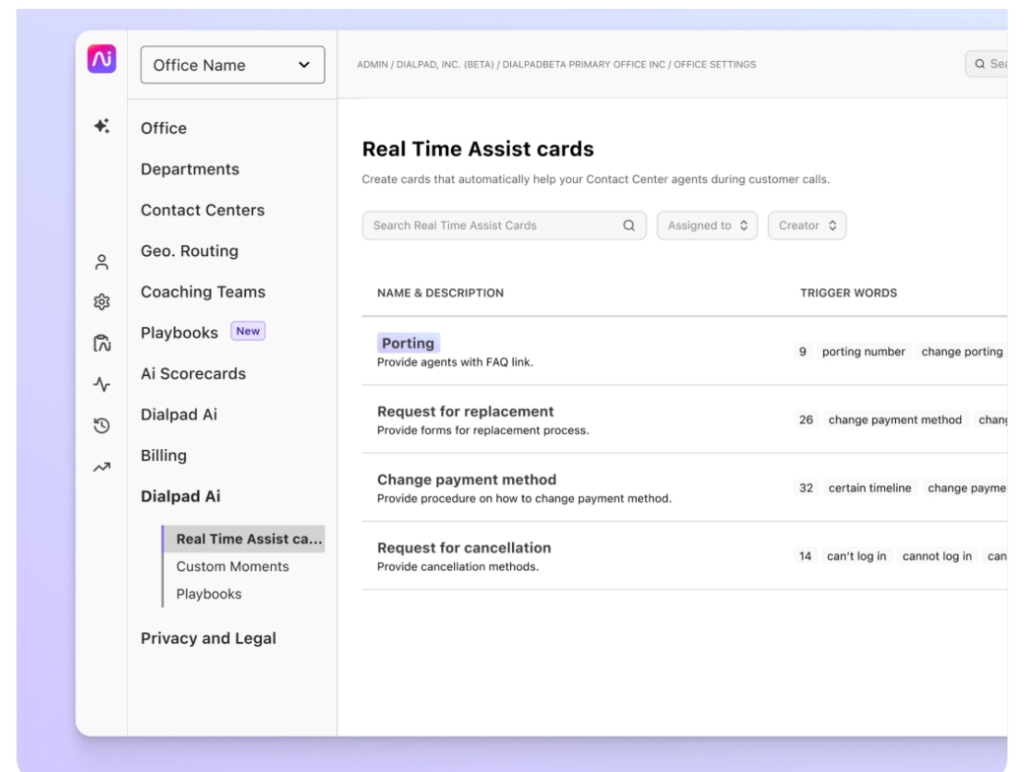
Trends in call center analytics
Several trends are shaping the field of call center analytics in 2025, each focusing on leveraging new and emerging technologies to improve agent performance and customer experience. To learn more about some of the key trends in call center analytics, select the tabs below:
Automation and AI are significantly impacting communication technology and call center analytics. Much of the data collected through a call center is AI-powered insights, like customer sentiment scores and post-call analysis. These AI tools provide a deeper understanding of how to improve your call center experience while spending less time assessing call data.
Instead of gleaning insights from a single communication channel, many businesses are adopting contact center solutions that provide access to multiple channels, such as phone, digital, and live chat services.
This makes it easier to respond to customers directly and allows business owners to gather information from multiple customer interactions, providing detailed information and context for each interaction. Over time, collecting customer data across channels constructs a more complete picture of each customer and interaction.
For several years, gamification has entered the business world, with companies taking a game-based approach to assigning tasks and providing employee benefits. Similarly, call center gamification uses agent performance metrics to encourage productivity through play and rewards. For example, displaying agents’ rankings on the performance dashboard or offering prizes for maintaining high scores on customer surveys and other metrics provides a fun way to meet call center goals.
Importance of call center analytics
Overall, call center metrics, analytics, reporting, and other data collection methods are important because they provide the information needed to address issues with agents or customers, anticipate challenges and changes in your business, and maximize opportunities for growth and improvement.
Utilizing AI can expedite the process of analyzing key metrics and receiving information to improve call quality, agent performance, and customer experience. However, it is still important to understand how to interpret these metrics without relying solely on AI. Therefore, every call center manager, analyst, or supervisor should review call center analytics and use those insights to inform decision-making and future goals.
Frequently Asked Questions (FAQs)
A call center QA, or quality assurance analyst, monitors customer service calls to ensure that each interaction meets the call center’s standards. The analyst also reviews customer feedback to identify areas where agents or supervisors can improve and provide high-quality support, like agent coaching and training.
KPIs, or key performance indicators, are metrics used to measure the effectiveness of your call center. Some KPIs to keep track of for a call center are the net promoter score (NPS), which measures how a customer feels about your business, and the customer satisfaction score (CSAT), which measures customer satisfaction with the overall call experience.
A SWOT analysis involves analyzing a call center’s “strengths, weaknesses, opportunities, and threats.” When assessing call center metrics, a SWOT analysis allows you to make sense of your data by charting these key areas and asking questions about how they influence your call center.
AHT stands for average handle time. This is how long it takes a call center agent to respond to a customer’s inquiry from start to finish.



